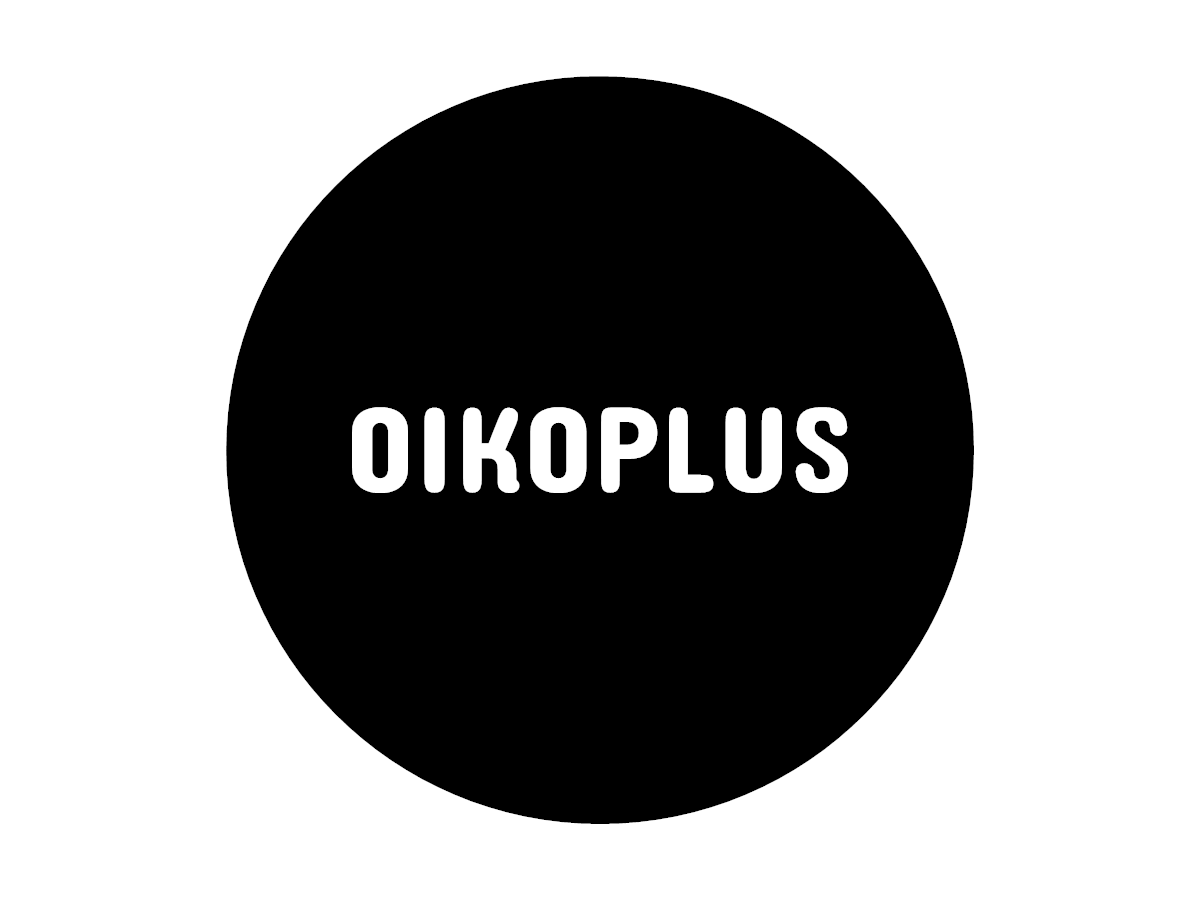In this reading list, we want to look at the communication methods think tanks use to bring science into politics.
Professional providers of science communication–whether embedded in research institutions, as companies such as Oikoplus, or think tanks–aim to communicate research results clearly and transparently and make knowledge available for public debate. The target audience for this is diverse. One relevant target group that is usually among the declared addressees of science communication is political decision-makers. In this Reading List, we therefore want to focus on communication methods aimed at policymakers and take a look at think tanks.
According to Sarah Lewis from TechTarget, think tanks create a space for debate, the generation of ideas and ways to disseminate knowledge. For a target group of lawmakers and political strategists, it is not just about providing information, but to provide the basis for decisions. As Clair Grant-Salmon points out, ‘gone are the days of producing standard sets of marketing activities that we can apply to all [target audiences]’. Nowadays, think tanks need to know who they are targeting and what they want to achieve.
Policy oriented think tank work, as stated by Annapoorna Ravichander results in ‘sets of guidelines to help achieve outcomes in a reasonable manner’. They are different from processes and actions. Policies are broad and set a certain direction. While science communication may not have a direct policymaking ambition, it can play a significant role in shaping policy debates, informing decision makers and influencing the development of ideas. And there are methods which can be applied in order to achieve policy influence.
The most central way for science communicators to achieve policy impact, is providing policymakers with expertise and consultation. Science communicators can place researchers as consultants to government agencies, providing input in the policy-making process. There is, however, a challenge in this method. According to Andrea Baertl Helguero, in order to have influence on policy through consulting, think tanks should maintain a strong intellectual transparency and ensure their research is diligent and reliable.
Another crucial method to achieve policy influence is networking. It’s a classic method used by think tanks. As Alejandro Chaufen explains in an article for Forbes, networking allows think tanks to create platforms where ideas can be exchanged and a consensus can be build around policy agendas.
A question of format
An established format for presenting research findings to policymakers are policy briefing papers. A policy brief is a concise, well-researched and informed summary of a particular issue, the policy options for addressing that issue and some recommendations. These briefs are an important tool for presenting research findings and recommendations based on them to a non-scientific audience to support decision-making. Policy briefs allow science communicators to communicate their research and findings in a way that conveys the urgency of the issue and is accessible to people with different levels of knowledge. However, here too, research institutions should ensure transparency and remain independent and transparent when presenting problems, options or proposed solutions.
When policy impact is the declared goal of science communication, this generates a need for anticipatory methods such as foresight and forecasting, which can help inform policy action and increase societal resilience in a sustainable way. Science communicators should take a long-term view of policy change, work over-time and build momentum for the topics and ideas they work with. Mark Halle, for International Institute for Sustainable Development, states that ‘think tanks cannot afford vagueness […]’. They must create outputs, which are clear, targeted, and incorporate a vision of long-term, positive effects.
This text hopefully serves as a good introduction to the question of what can be learned from think tanks when it comes to achieving political impact through science communication. And this leads almost inevitably to the question of how to measure the impact of research in the first place. Fortunately, we have already dealt with this in other Readings Lists, e.g here.


